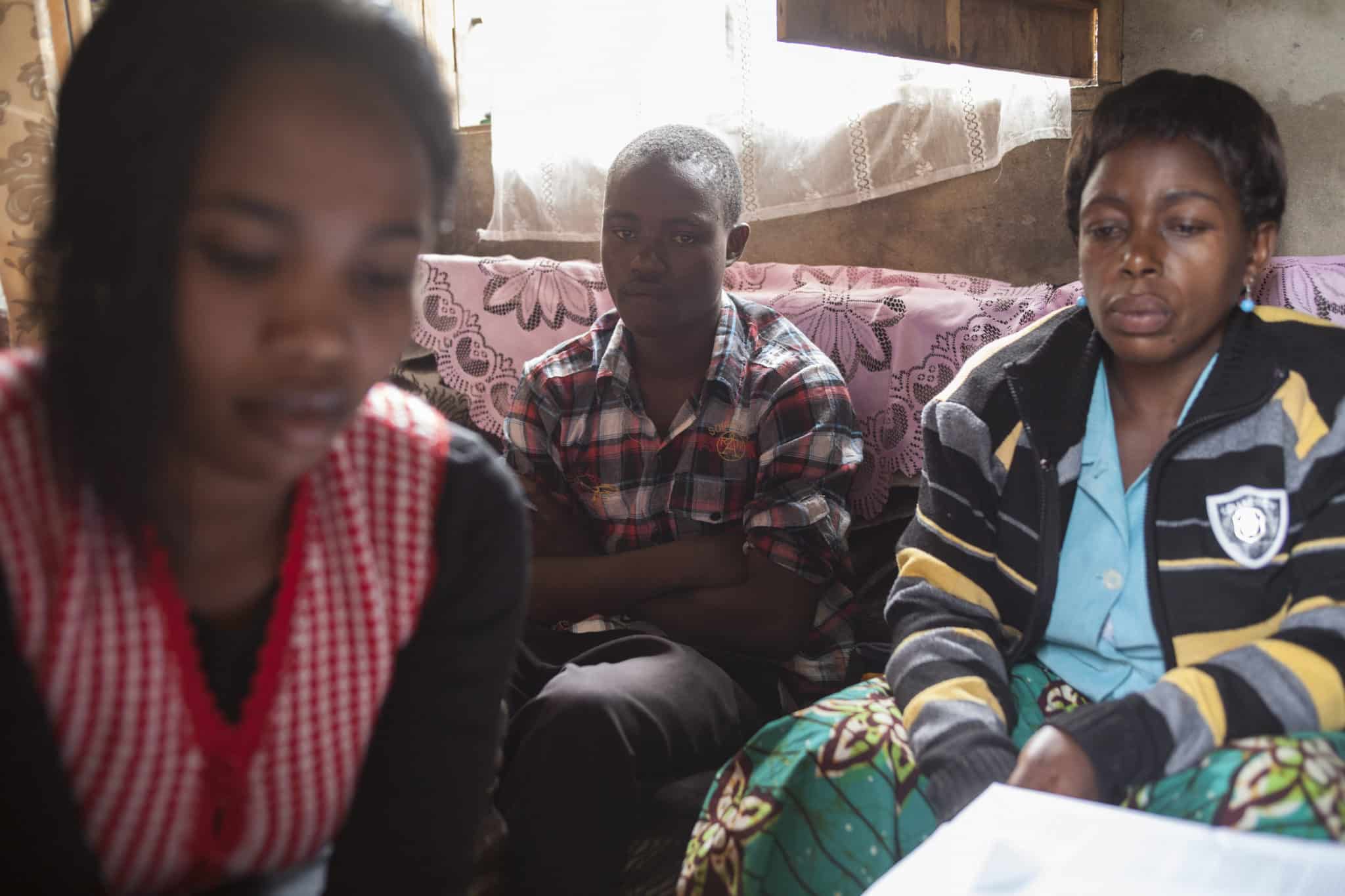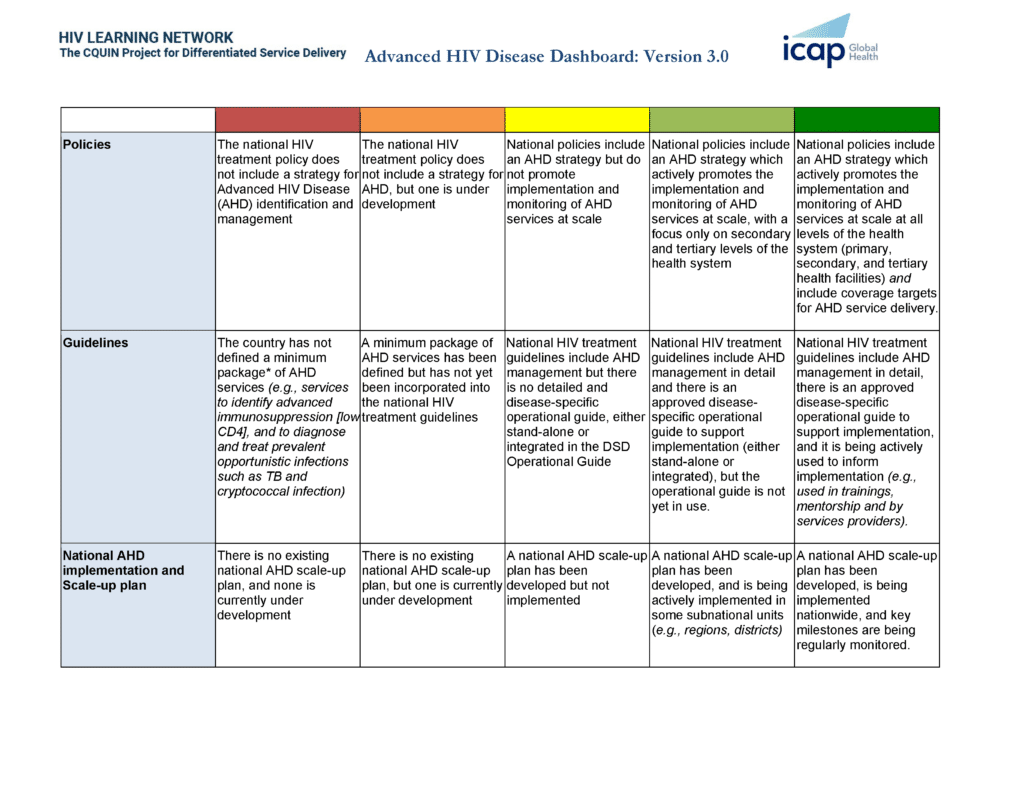While bringing HIV services to women and girls is critical, research shows that interventions are often more meaningful and lasting with the active participation of men and boys. Men may fail to access HIV prevention and treatment services for reasons that include occupation, residence, employment-related migration, social norms, and cultural beliefs. The UNAIDS goals of “getting to zero” cannot be achieved without reaching men and boys. Increasing men’s involvement in caring for their own health and that of their families requires creative solutions.
Catholic Relief Services, through AIDSRelief, has been increasing awareness about the need for men’s involvement and deliberate in its efforts to attract and retain men in its programs. AIDSRelief, funded through the U.S. President’s Emergency Plan for AIDS Relief (PEPFAR), has provided a flexible environment for testing clinic and community-based strategies that foster men’s involvement in HIV prevention, care, treatment, and support. In seven years of operation, AIDSRelief has greatly expanded gender responsiveness in its programming. This paper shares the strategies used by four AIDSRelief country programs for increasing men’s involvement in HIV treatment and adherence to antiretroviral therapy.





